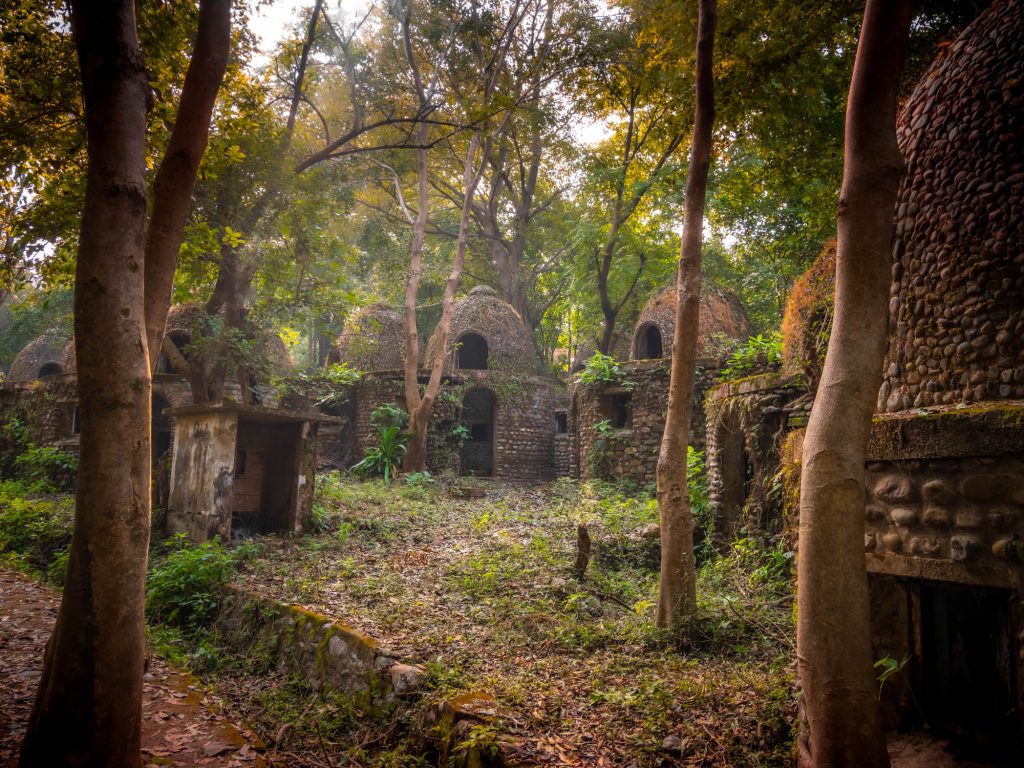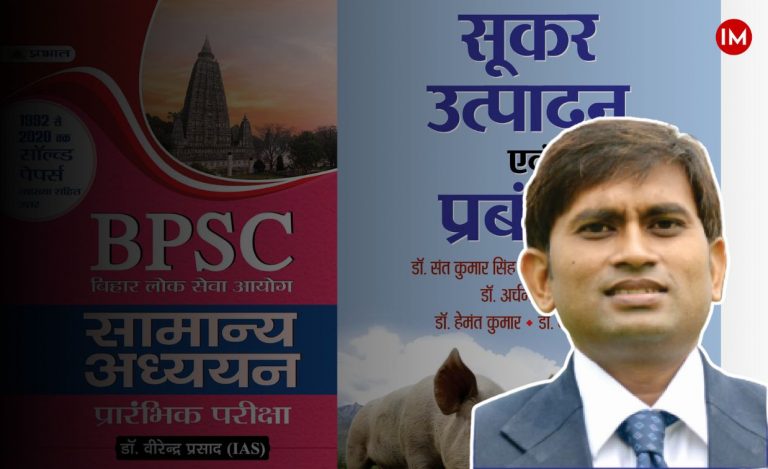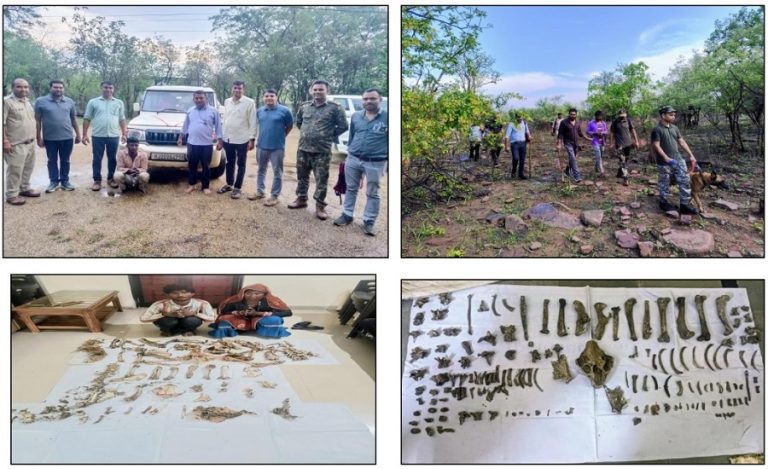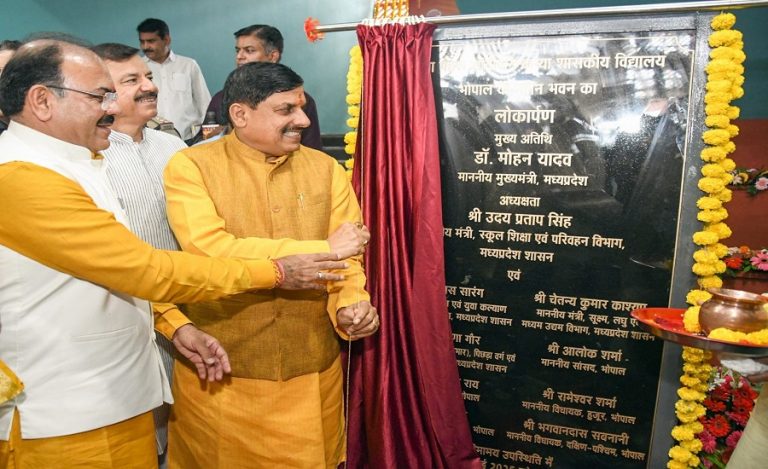By Ajay Suri
No doubt, the tiger is the poster boy of India’s throbbing wildlife, providing not just the momentum to myriad conservation movements across the country but also livelihood to millions of people drawing their sustenance from tiger tourism.
But this magnificent striped cat often overshadows another beauty of our reserves: relics of our past, which are sprinkled around in these places, mostly overlooked and forgotten. These can be seen in almost all the tiger reserves: ancient temples, forts, water bodies, hunting lodges of erstwhile maharajas, and similar marvels. Thousands of these structures, such as the awe-inspiring statue of reclining Lord Vishnu in Bandhavgarh or the imposing fort casting its long shadow over Ranthambore, often escape the tiger-obsessed attention of most tourists.
Therefore, the much-needed book `Hidden Treasures: India’s Heritage in Tiger Reserves’ makes perhaps the first ever attempt to bring these forgotten treasures to the limelight. This in itself is commendable. Adding to the touch of authenticity is the fact that the book, a collaborative effort of the National Tiger Conservation Authority (NTCA) and Sankala Foundation, has been co-authored by two very well-known experts in the field of wildlife and environment, both former Indian Forest Service (IFS) officers : Mr. Bharat Lal and Dr. S. P. Yadav.
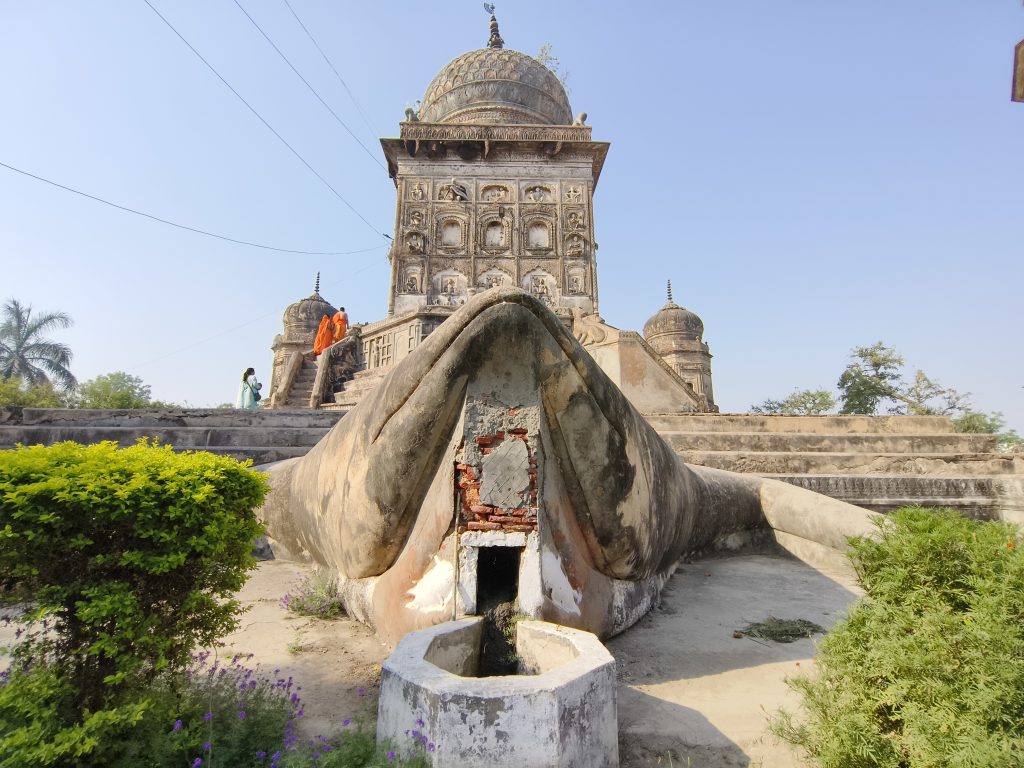
While Dr. Yadav, formerly the Director General of the National Tiger Conservation Authority (NTCA), is at present the Director General of the Big Cat Alliance, Mr. Lal is the Secretary General of the National Human Rights Commission (NHRC). Both the officers have humongous knowledge of forests, wildlife and tiger reserves in India, and it shows in their works like Hidden Treasures….
Besides the informative text, the highlight of the book is the numerous photographs of the monuments sprinkled in India’s 28 tiger reserves. And about which most tourists, and even wildlife photographers and filmmakers, know little.
For instance, the `Chaurasi Kutiya’ in Uttarakhand’s Rajaji Tiger Reserve. The book describes this fascinating place: “In 1961, Maharishi Mahesh Yogi leased 7.5 hectares of land from the Department of Forests, Government of Uttar Pradesh (Uttarakhand then was a part of Uttar Pradesh). He transformed it into the International Academy of Meditation, known as Shankaracharya Nagar.”
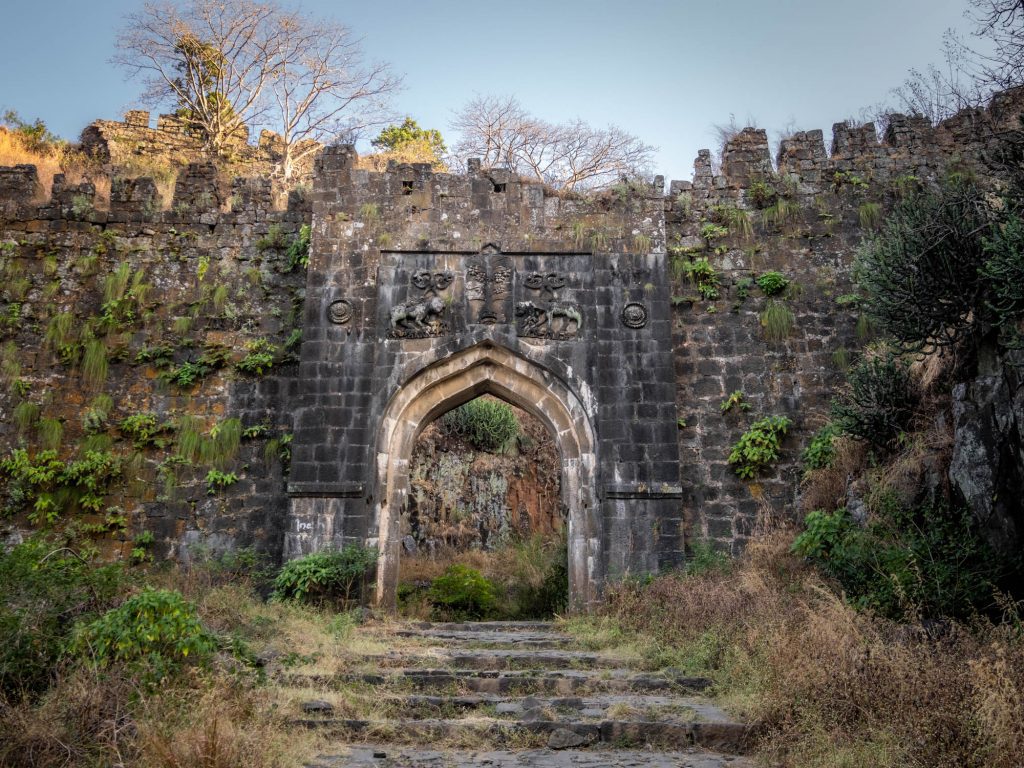
Complemented with photographs, the book highlights several such monuments. A few examples:
- Buxa Fort in the heart of West Bengal’s Buxa Tiger Reserve
- Umamahadeshwaram Temple in Telangana’s Amrabad Tiger Reserve
- Bhangarh Fort is in the buffer zone of Rajasthan’s Sariska Tiger Reserve
- Remnants of Ghughusgarh Fort in Pench Tiger Reserve
- Jhinjhini Mahal in Madhya Pradesh’s Satpura Tiger Reserve
- Mangala Devi Temple in Kerala’s Periyar Tiger Reserve
- Mavukalleshwara Temple in Karnataka’s Nagarhole Tiger Reserve.
And many, many more. For the wildlife-cum-history buffs, dipping into this one-of-a-kind book is a must.
Some of the photographs may not be of top-notch quality, but many will hold you spellbound. And one would come to a shocking realisation that there is so much more to see in a tiger reserve than just tigers!
(Mr. Ajay Suri is a renowned wildlife filmmaker and author.)

